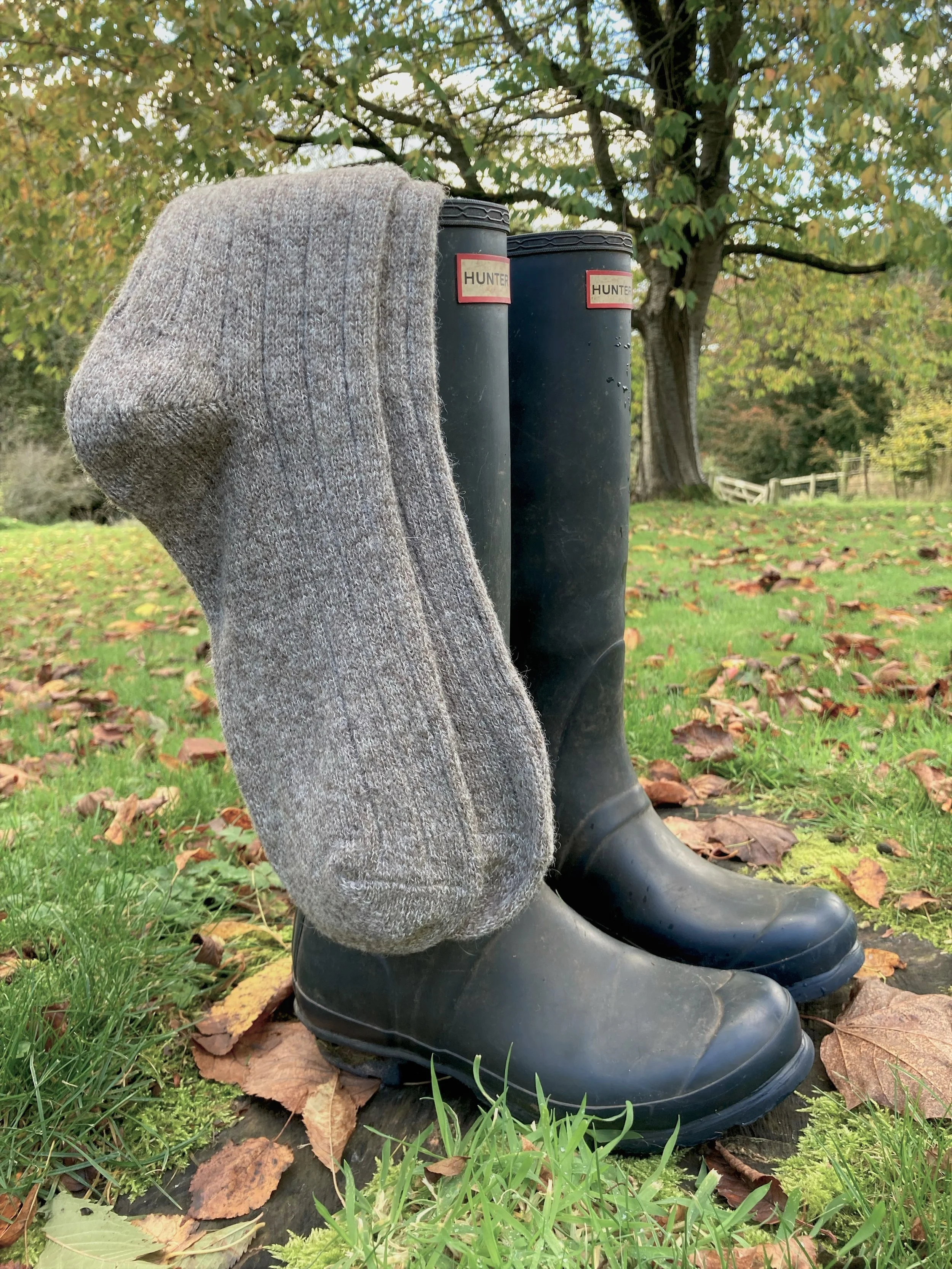JOURNAL #17 - WHAT YOU MAY NOT KNOW ABOUT OUTDOOR SOCKS
We sell outdoor socks that are specifically designed for wearing in the outdoors, either with walking boots on your next weekend adventure or with your wellies for a day out exploring.
Socks are clothing we usually take for granted and aren’t particularly exciting so here are six things you may not know about outdoor socks.
Socks have been worn since prehistoric times to keep our feet warm and were originally probably made from animal skins wrapped around your feet and tied.
They were worn by both the Greeks and Romans. The Romans liked to wear them with sandals, which may be a questionable look nowadays, but you do have warm feet.
Lost socks are a serious, but usually light-hearted problem in lots of households. Most of us have a ‘sock-eating’ washing machine. May 4th is officially known as ‘Lost Socks Memorial Day’ which you can commemorate by wearing mismatched socks in a heartfelt tribute to their fallen partners.
People who wear mismatched socks are more likely to be married – because they often get dressed in the dark to avoid waking their spouses and so accidentally wear socks of subtly different colours.
Your feet are two of the sweatiest parts of your body (other than your scalp and armpits). Wearing moisture-wicking socks is sensible as it keeps your feet dry and less prone to injury from damp conditions inside your shoes.
More and more socks are being made from natural sustainable materials, like wool and hemp.
The outdoor boot socks we sell are made from a combination of wool, alpaca, cotton and hemp. Combining these fibres gives a sock that is robust and long-wearing while still being all natural. The cotton and hemp are cleverly interwoven on the inside and the wool is on the outside of the foot, so they are more durable and softer to the skin.
They are made from a combination of natural fibres:
· Alpaca (30%) – breathable and moisture-wicking
· Sheep wool (55%) – incredibly warm and quick-drying
· Hemp (3%) – antibacterial and antifungal, making them odour resistant
· Cotton (12%) – notoriously durable
To see more visit our online shop.
If you want to learn more about Alpacas here in the UK, I’d recommend these two farms that you can follow on Instagram:


